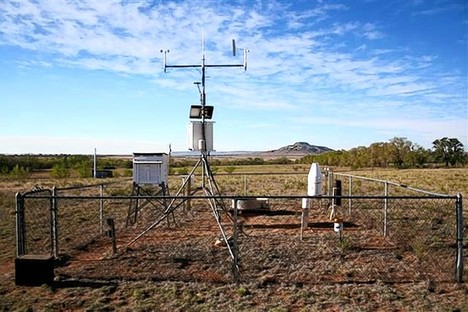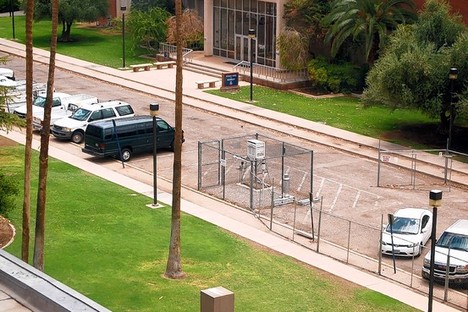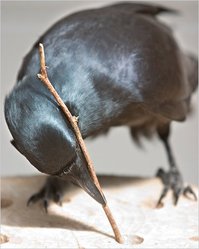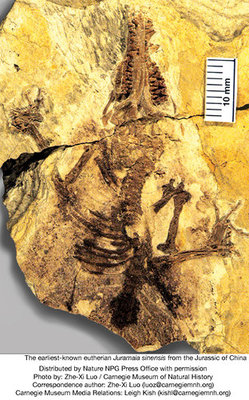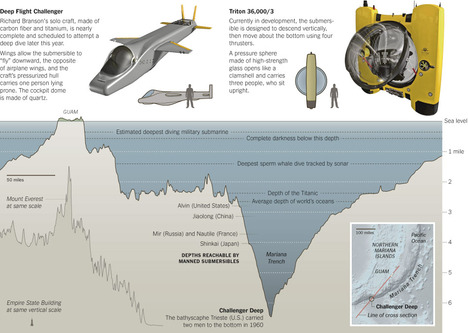(p. D1) For scientists who specialize in hurricanes, Irene, which roared up the Eastern Seaboard over the weekend, has shone an uncomfortable light on their profession. They acknowledge that while they have become adept at gauging the track a hurricane will take, their predictions of a storm’s intensity leave much to be desired.
Officials with NOAA’s National Hurricane Center had accurately forecast that Irene would hit North Carolina, and then churn up the mid-Atlantic coast into New York. But they thought the storm would be more powerful, its winds increasing in intensity after it passed through the Bahamas on Thursday.
Instead, the storm lost strength. By the time it made landfall in North Carolina two days later, its winds were about 10 percent lighter than predicted.
It’s not a new problem. “With intensity, we just haven’t moved off square zero,” Dr. Marks said. Forecasting a storm’s strength requires knowing the fine details of its structure — the internal organization and movement that can affect whether it gains energy or loses it — and then plugging those details into an accurate computer model.
Scientists have struggled to do that. They often overestimate strength, which can lead to griping about overpreparedness, as it has with Irene. But they have sometimes underestimated a storm’s power, too, as with (p. D3) Hurricane Charley in 2004. And it is far worse to be underprepared for a major storm.
For the full story, see:
HENRY FOUNTAIN. “Intensity of Hurricanes Still Bedevils Scientists.” The New York Times (Tues., August 30, 2011): D1 & D3.
(Note: the online version of the article is dated August 29, 2011.)

